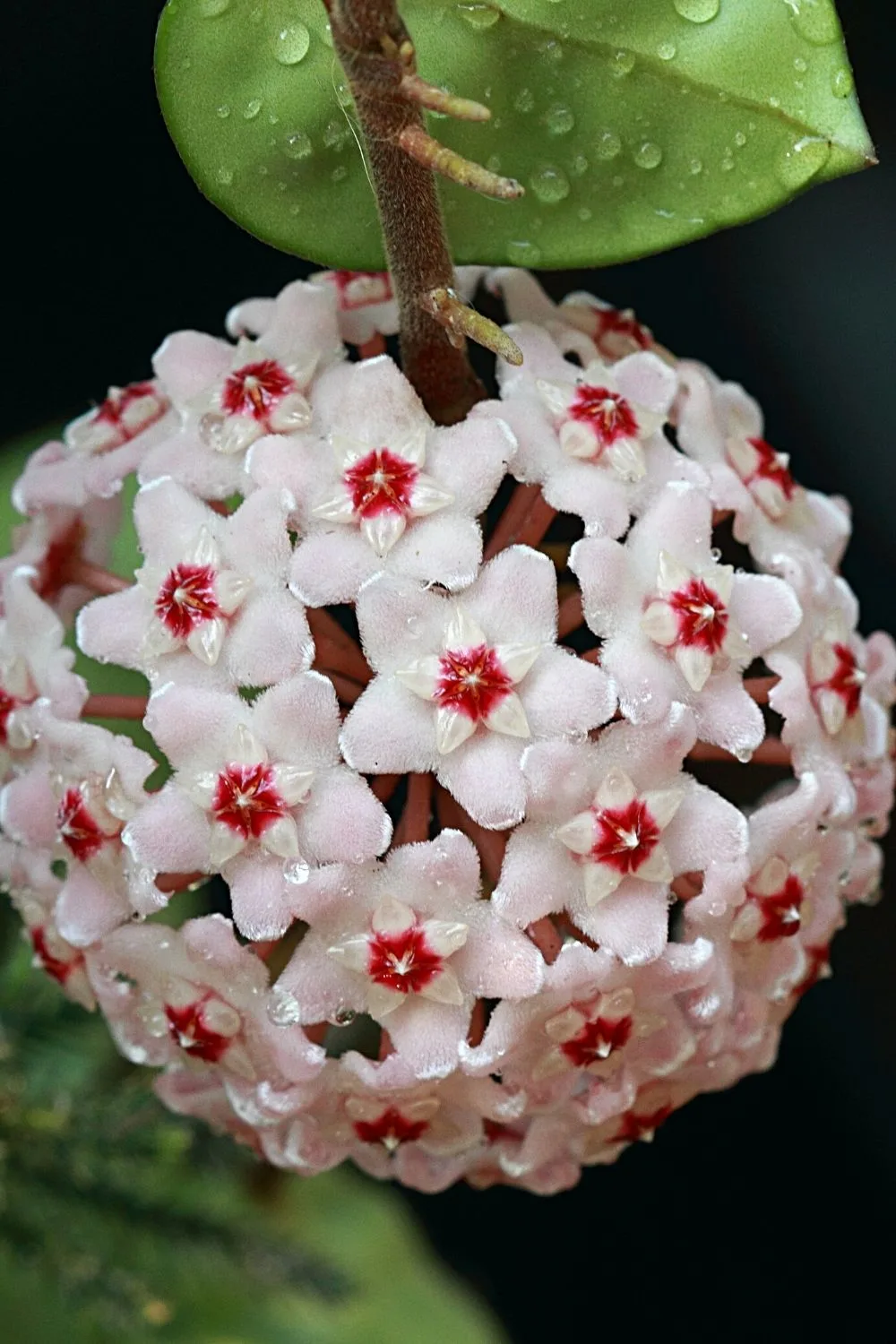Hoyas are beautiful plants with oval-shaped succulent leaves and brightly-hued blossoms that stand out in any garden.
Most people decorate their houses with these houseplants to have a lively pop of color inside their rooms.
However, most people have genuine concerns while taking care of them.
These issues can vary from their watering routine, what conditions to grow them in, or what humidity levels to maintain for healthy Hoya plants.
Table of Contents
Do Hoyas Like Humidity?
Hoyas are native plants to tropical regions and are habitual to thriving in rain and moist weather. These plants require heavily humid conditions as compared to usual houseplants. It is best to maintain at least 60%-70% humidity levels through either a humidifier or by misting them frequently.
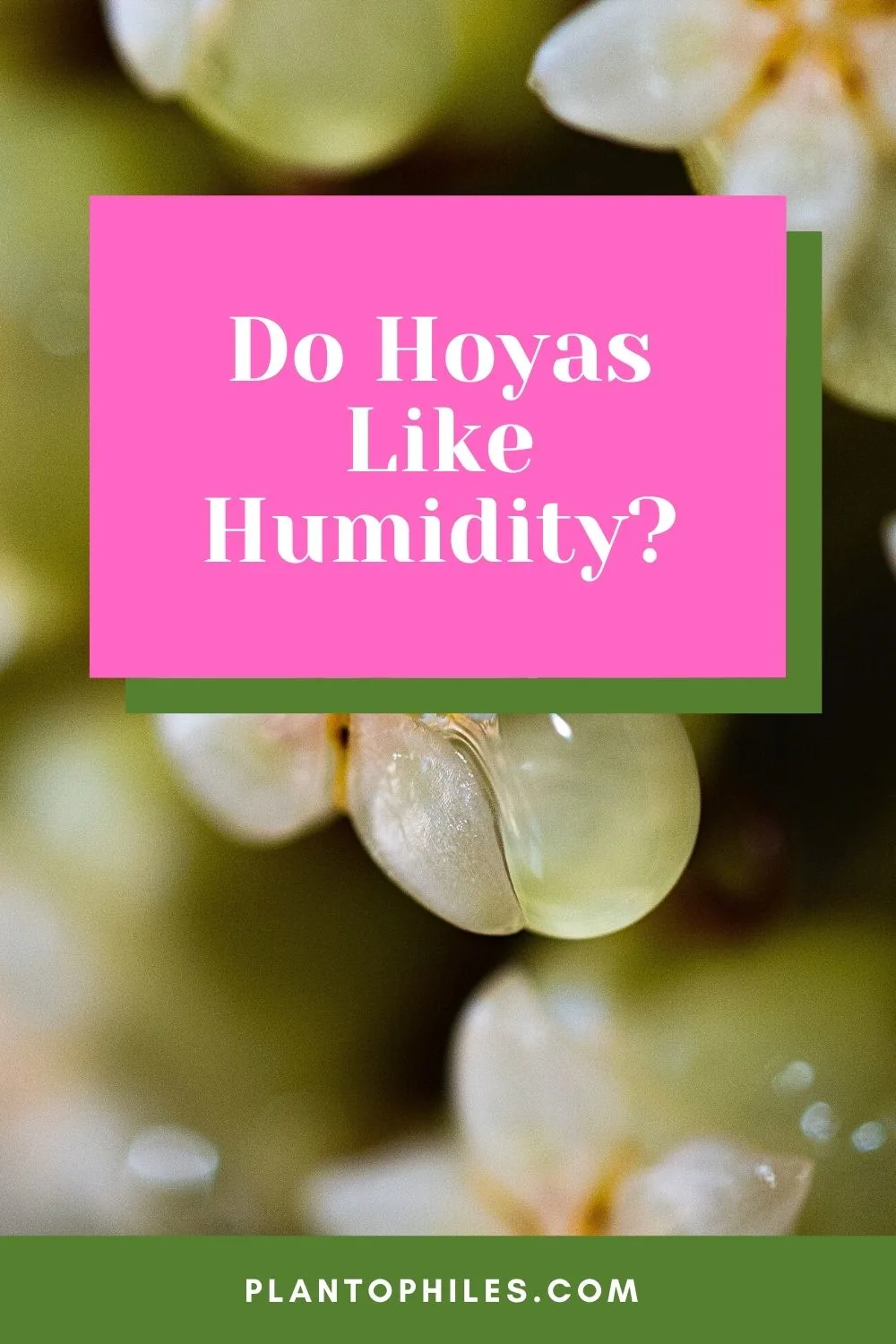
Do Hoyas Like Humidity?
How to take Appropriate Care of Hoyas
1. Provide Exposure to Indirect Sunlight
Most types of Hoyas prefer to be exposed to generous amounts of indirect sunlight.
As these plants are natives of tropical forests where they grow in the shade of tall trees, they are accustomed to receiving dappled sunlight that is not too intense.
Placing your Hoya plant right beneath the glaring hot sun will cause the leaves to get scorched. It is because intense ultraviolet rays decompose the chlorophyll in leaves, which renders photosynthesis.
Hoyas demand a particular intensity of sunlight exposure; too much and it may cause leaf burn, too little and the plant’s healthy growth is inhibited.
Hence, it is recommended to grow your Hoya plant in a shaded area and away from harsh direct sunlight.
You can also try covering the plant with a thin cloth to bar intense sunlight from reaching the plant.
Typically, Hoyas grow well under 50%-60% shade cloth. If you are growing your Hoya plant indoors, it would be best to place it in a northwest-facing window, where harsh sunlight cannot reach the plant.
2. Use a Well-Drained Soil Mix
Selecting a soil mix for your plant is a vital step that needs serious consideration. Hoyas generally require a fully aerated, well-drained soil mix.
In the absence of aeration, the plant is susceptible to root rot and consequently dies over time.
For healthy growth and development of the plant, a soil mix containing 1 part peat moss, 1 part perlite, and 1 part cactus mix works exceptionally well for Hoyas.
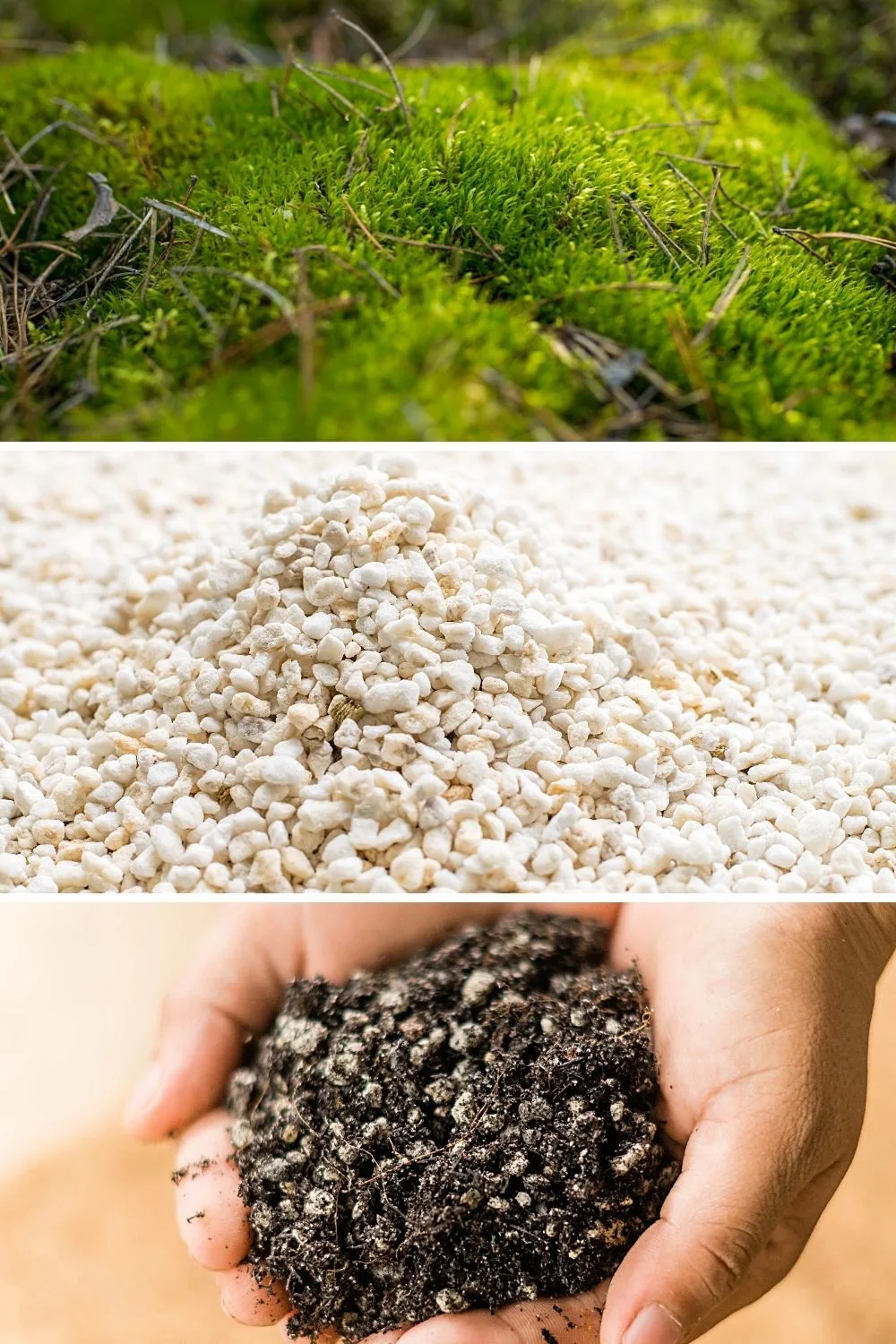
You can mix 1 part of peat moss, 1 part of perlite, and 1 part of cactus mix to ensure your Hoya’s healthy growth
Thus, it’s crucial not to overwater the soil and allow it to remain moderately moist.
3. Use Porous Pots
As Hoyas can very quickly contract root rot if the soil soaks too much water, it is essential to use porous pots that allow water to drain out.
It would be best if you use terracotta pots as the baked clay has a porous nature that prevents water from accumulating too long in the soil and promotes good air circulation.
4. Water Only When Necessary
Hoyas are tricky plants when it comes to watering them. Though these plants require a significant amount of water to sustain luscious, green leaves, overwatering makes them vulnerable to multiple diseases.
The best advice is not to stick to a fixed schedule and water the plant when it is necessary. Dig an index finger into the soil and if it feels dry, it’s your cue to water your hoya plant.
However, when the soil and leaves are wet, you should strictly abstain from watering.
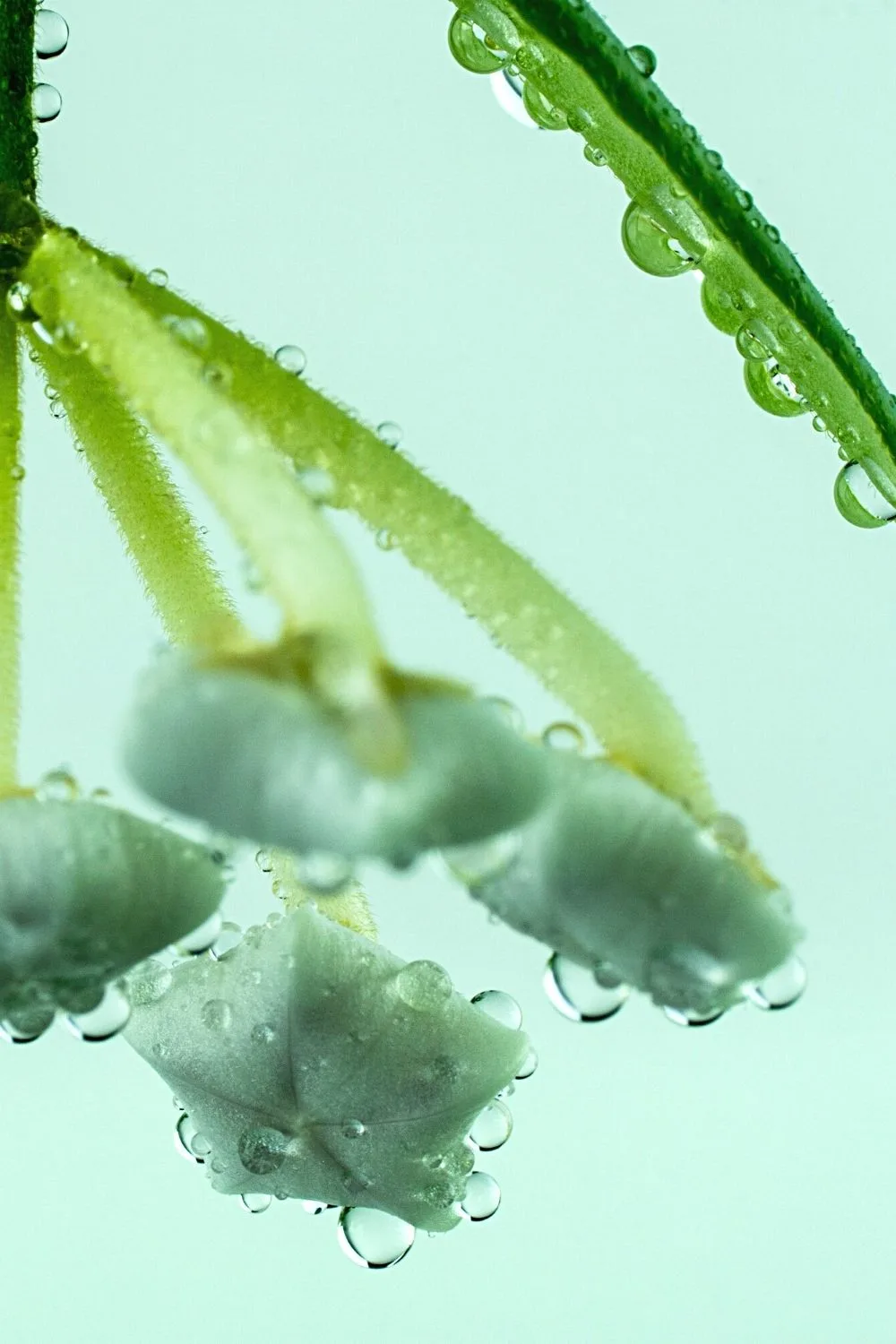
When you see that the Hoya’s leaves and soil are still wet, do not water it
In case you have a well-drained soil mix, there is no need for you to worry about root rot or pathogenic infections.
5. Maintain Appropriate Temperature Conditions
Most types of Hoyas are intolerant to cool temperatures. Therefore, in winters, you must keep your plant indoors, making sure to maintain the appropriate temperature.
Hoyas grow well in temperatures that fall between 62 and 80 degrees Fahrenheit (17-27 degrees Celsius).
Hoyas usually survive the chilly weather in colder seasons, but anything below 50 degrees Fahrenheit (10 degrees Celsius) and the plant surrenders to death.
6. Maintain a Humid Environment
Hoyas are plants that specifically require a heavily humid environment. While some types can tolerate low humidity levels, most thrive well when the atmosphere is damp.
As they usually grow in subtropical forests, they are habituated to heavy rainfall and showers.
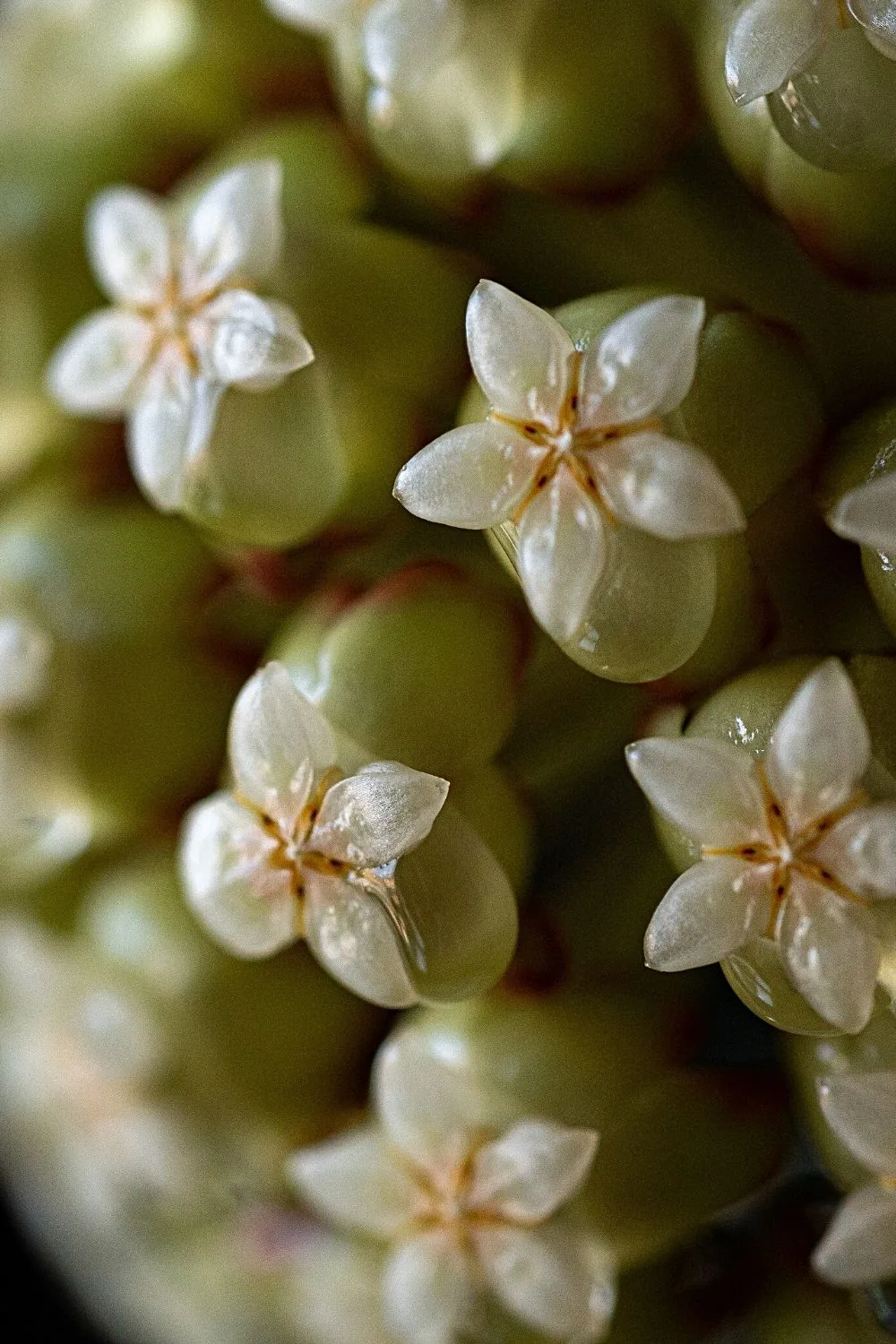
Hoyas thrive in highly humid environments, hence, they can thrive in damp atmospheres
Hence, if you wish your hoyas to have broad, green leaves and lovely bright blossoms, it is crucial to maintain at least 60%-80% humidity.
An excellent way to ensure this is by using a humidifier and placing it close to where the plant is positioned.
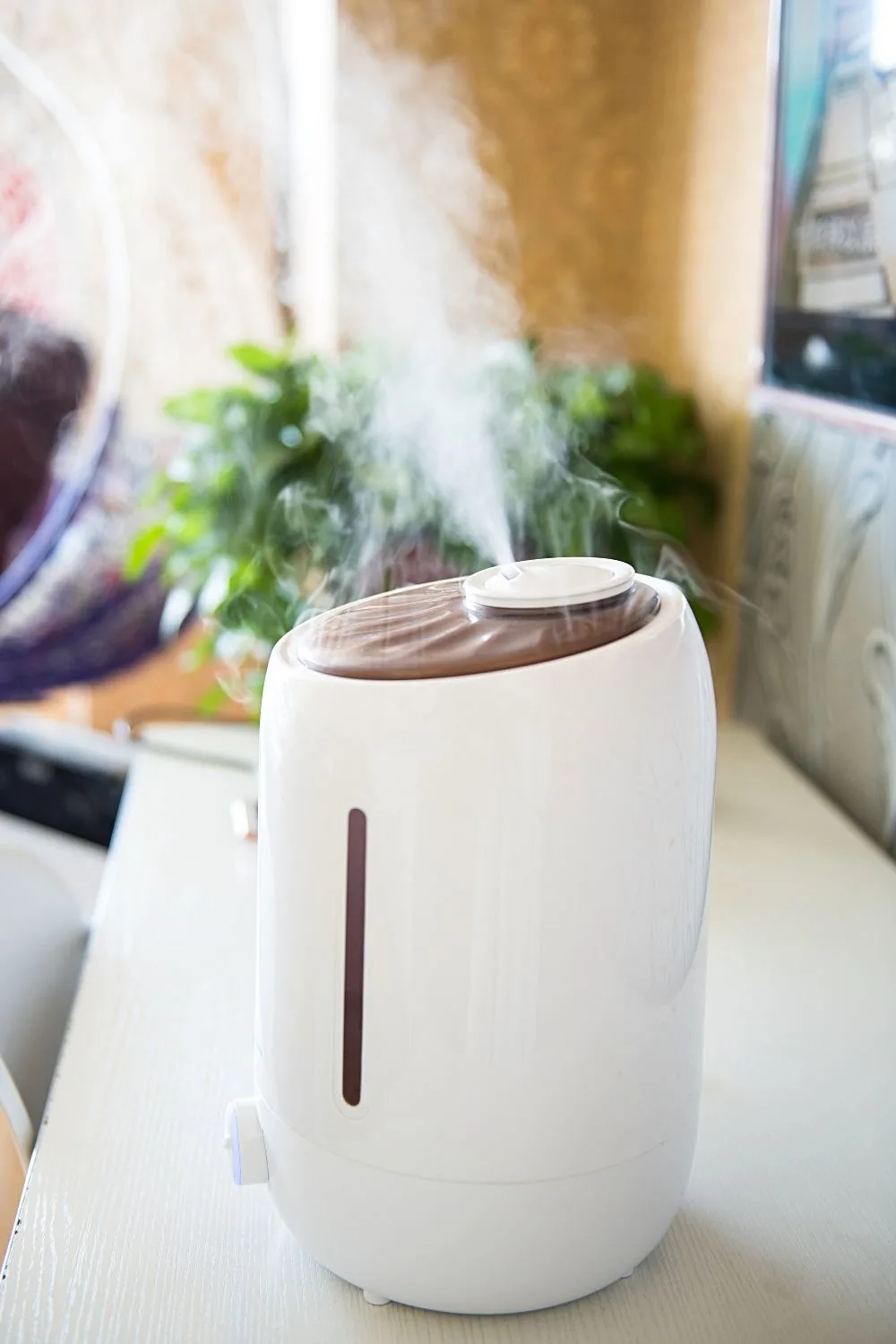
One way to ensure that your Hoya plant receives the humidity it needs by placing a humidifier near it
You can also build a small glasshouse to keep your hoya plant along with a humidifier to sustain a water-dense atmosphere.
7. Use an Effective Fertilizer
You must feed your hoya plant with an effective fertilizer to fulfill its nutritional needs. An excellent NPK fertilizer helps provide the plant with vital compounds to carry out photosynthesis and synthesize sugars.
It also speeds up growth, and you will be surprised to see your hoya plant bloom in no time.
It is recommended to fertilize your plant after every 2 weeks or once monthly in summer and spring. An organic fertilizer shows promising results and keeps your plant healthy.
If you wish to encourage flowering, you can turn to a phosphorous-rich fertilizer as it acts as a bloom-booster.
Consequences of Overwatering Hoyas
To compensate for low humidity levels, gardeners often make the mistake of overwatering their Hoyas. This can be disastrous for the plant’s health.
Let’s have a look at some of the many consequences of overwatering hoyas.
1. Chlorosis
Overwatering the soil causes it to become clogged with water. It fills up the air pores, and as a result, the roots do not get access to enough oxygen.
It, in turn, causes the breakdown of chlorophyll in the chloroplasts resulting in the gradual yellowing of leaves. Chlorophyll is an essential component used in carrying out photosynthesis.
Insufficient chlorophyll hinders the normal functioning of plant cells and consequently hampers their growth.
If chlorosis is not identified and cured at an early stage, it can cause severe leaf shedding and eventually kill your plant.
2. Root Rot
As mentioned before, excessive watering can lead to root rot. Root rot is characterized by mushy, brown roots that have a foul smell.
It is crucial to take immediate steps like repotting before the roots are permanently weakened and unable to support the plant any longer.
Frequently Asked Questions about Whether Hoyas Like Humidity
Do Hoyas like to be misted?
As Hoyas generally require a high humidity level, one effective way can be to mist the plant once every day. It also keeps the leaves free of grime and dust. It’s recommended not to mist the Hoya plant more than twice in a day.
How often should you water Hoyas?
Though Hoyas need a generous supply of water for healthy growth, overwatering can be catastrophic. It promotes root rot and fungal development. Hence, it is crucial to only water the plant when the soil is barely moist and the leaves are dry. It’s best that you don’t stick to a watering routine.

Daniel has been a plant enthusiast for over 20 years. He owns hundreds of houseplants and prepares for the chili growing seasons yearly with great anticipation. His favorite plants are plant species in the Araceae family, such as Monstera, Philodendron, and Anthurium. He also loves gardening and is growing hot peppers, tomatoes, and many more vegetables.


